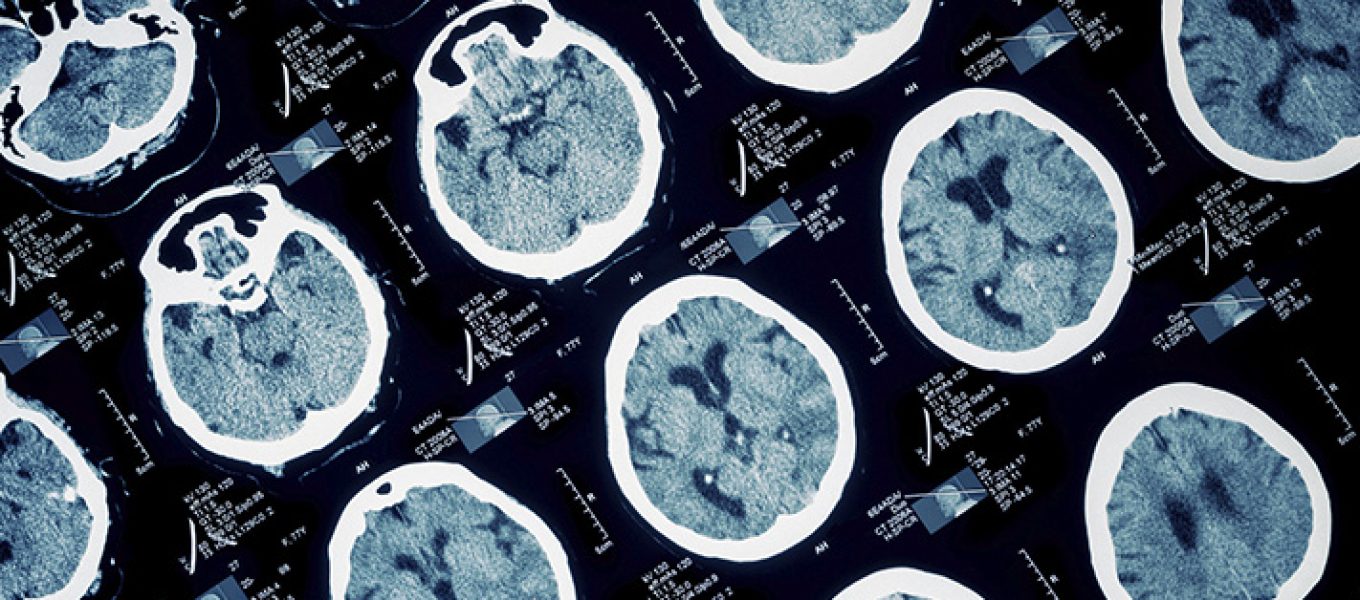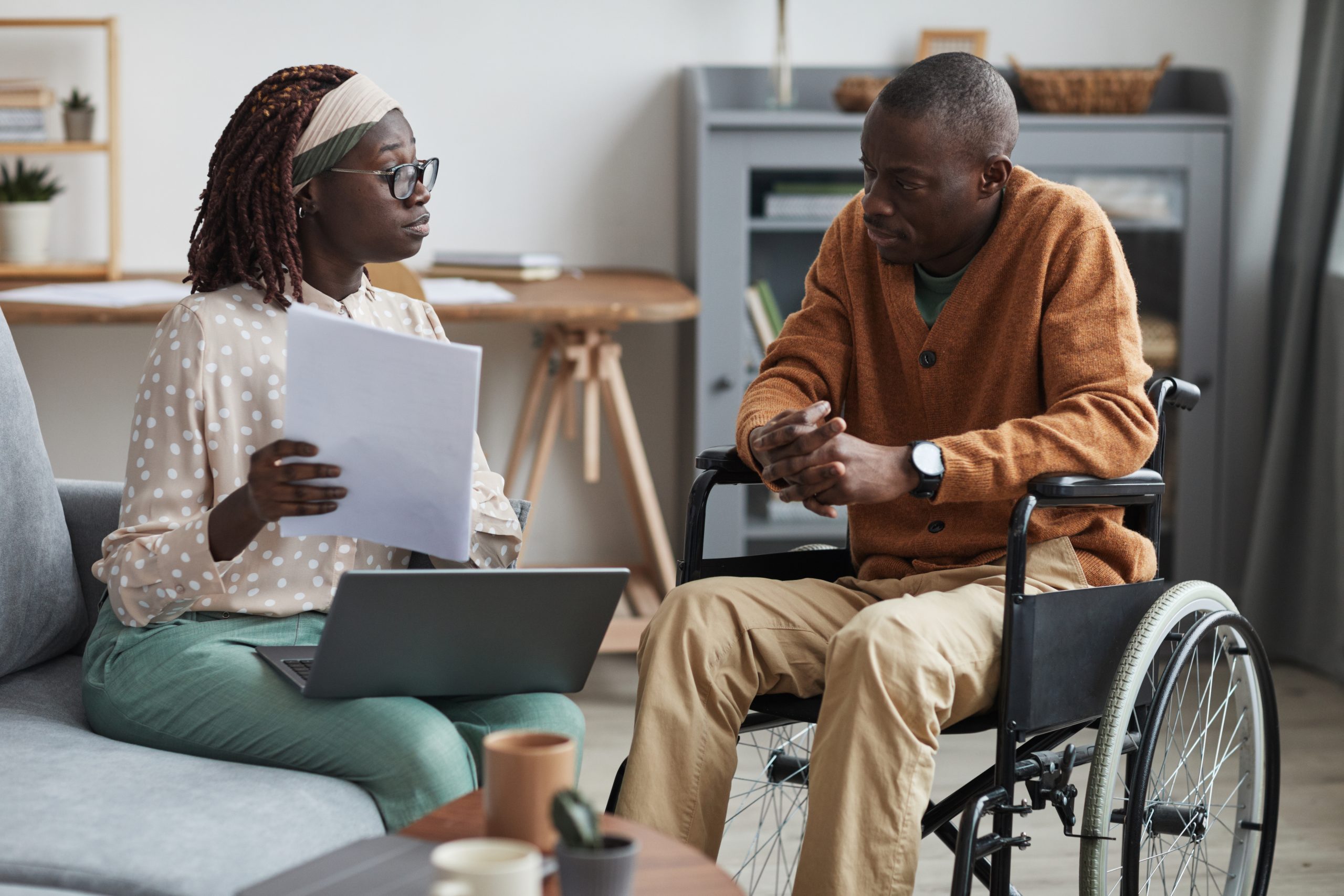Traumatic brain injuries can be devastating and life changing. Not only do they affect the individual concerned, but the loved ones around them. As every brain injury is different, the path to rehabilitation is too.
So, what do you need to know?
Why is rehabilitation necessary?
Rehabilitation is necessary to help an individual recover as much of their brain function as possible. The rate and success of recovery will depend on the extent of the damage to the brain tissue and is unpredictable.
Rehabilitation aims to give an individual the best chance of relearning skills to give them independence. It also helps to prevent complications such as blood clots, bowel and bladder problems, pain, bedsores, lowered blood pressure, and depression.
What does rehabilitation help with?
Brain injuries affect people differently. Some individuals may suffer with movement issues, pain, and numbness. Others may struggle with emotional problems, thinking and memory struggles, and language issues. Therefore, rehabilitation is tailored to an individual’s needs.
Rehabilitation can help with activities such as eating, dressing, walking or speech and help an individual adapt to changes as they occur during recovery. It’s also as a necessary source of mental, social, and emotional support.
Does rehabilitation start immediately after the injury?
Brain rehabilitation generally begins in the hospital and will initially only be for a few minutes a day. Physical and mental exercises will be incorporated as well as behavioural functioning.
A rehabilitation programme will be designed specifically for the individual with the aim to help them transition to living at home or a facility outside of hospital.
An assessment will help determine their programme by evaluating things such as speech and swallowing ability, strength and coordination, language comprehension and bowel and bladder control.
Who is involved in the rehabilitation?
Rehabilitation programs generally involve several healthcare professionals. Over time, this can change in accordance with an individual’s needs and abilities.
Care providers may include physiotherapists, occupational and speech therapists, social workers, psychologists, and psychiatrists. It’s usual to have a central point of contact, often called a case coordinator.
The healthcare team will work closely with the individual and their family to provide support and assess recovery and ongoing treatment plans.
Where will rehabilitation take place?
After leaving the hospital, rehabilitation can take place in various locations, depending on the needs and preferences of the individual.
Rehabilitation may be carried out in an outpatient rehab hospital, an independent living centre, a dedicated comprehensive day program or at home.
How long will rehabilitation take?
The length of rehabilitation and recovery is dependent on the individual, the severity of their brain damage and their response to therapy. Some individuals will be able to regain all their abilities, while others may need ongoing or lifetime care.
Where can I source further care?
Australia offers disability insurance schemes to help provide short and long term healthcare support for individuals with a traumatic brain injury.
These schemes help and encourage individuals to lead an independent life. Support can be provided to help with education, work, community engagement, living arrangements and health and wellbeing.
A support coordinator will work with an individual and their family to ensure that suitable services are sourced to meet with their daily and weekly needs as well as goals and ongoing care.
For more information about options and treatment plans for traumatic brain injuries, contact your local healthcare providers.
Author – Unidex Healthcare



